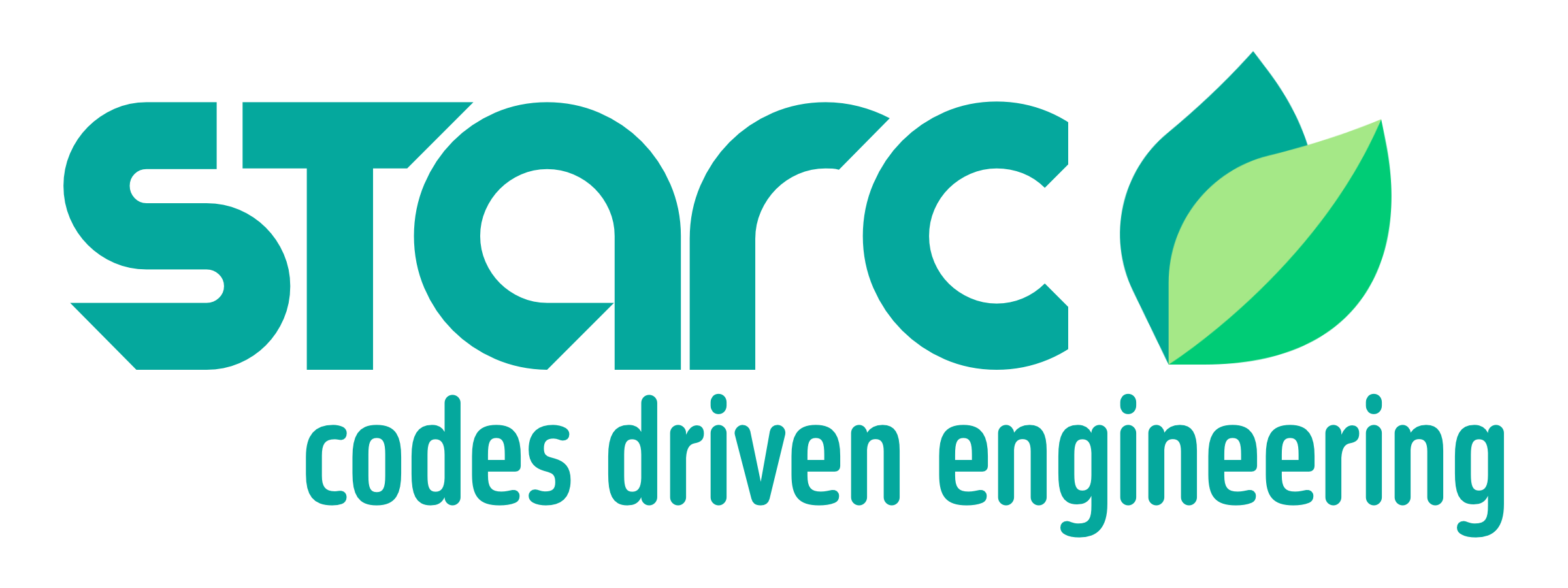Solvix User Manual
Chapter 1 – About Solvix
Last Updated: 2025-10-15About Solvix Solvix is a pre- and post-processor works the Solvix FEM solver. Solvix offers a user-friendly GUI and supports many features provided by the solver. Currently available analysis features Analysis step types Finite element types Material models Constraints Interactions Boundary conditions Loads
Chapter 2 – Workflow
Last Updated: 2025-10-16In Solvix, three tabs of the model tree dictate the workflow in this software: Each tab also activates proper menus in the top toolbar. Figure 2: Solvix Model Tabs The general steps that should be followed when working in Solvix are listed below: In Solvix, it’s possible to work using node and element sets, as…
Chapter 3 – Geometry & Mesh
Last Updated: 2025-10-18The Geometry tab of the model tree features two main containers – Parts and Mesh Setup. The first one stores all parts in the model, and the following options are available when right-clicking the part: Geometry Menu The Geometry menu contains the following options: Mesh Menu The Mesh menu contains the following options: The following…
Chapter 4 – Model Menu
Last Updated: 2025-10-18The Model menu contains the following options: Edit Edit Solver Input Keywords A keyword editor that allows adding Solvix keywords which are currently unsupported by Solvix. Tools Node Element Part Node set Element set Surface Features Figure 4: Set selection window When creating sets and surfaces, a Set selection window opens (Figure 4). Sets and…
Chapter 5 – Property Menu
Last Updated: 2025-10-18The Property menu contains the following options: Material Library editor (Figure 14) allows access to materials library that is stored in the materials.lib file in the base Solvix directory. The library file is a text-based file that can be edited using any .txt editor, like Notepad++. It is assumed that all material data is stored…
Chapter 6 – Interaction, Amplitude & Initial Condition
Last Updated: 2025-10-18Interaction Menu The Interaction menu contains the following options: Available constraints include: The compression-only constraint internally uses GAP elements connected to other finite elements via *EQUATION. The Offset parameter enables the offset of the ground node of GAP element away from the model for better visualization of the results. In the results, GAP elements are…
